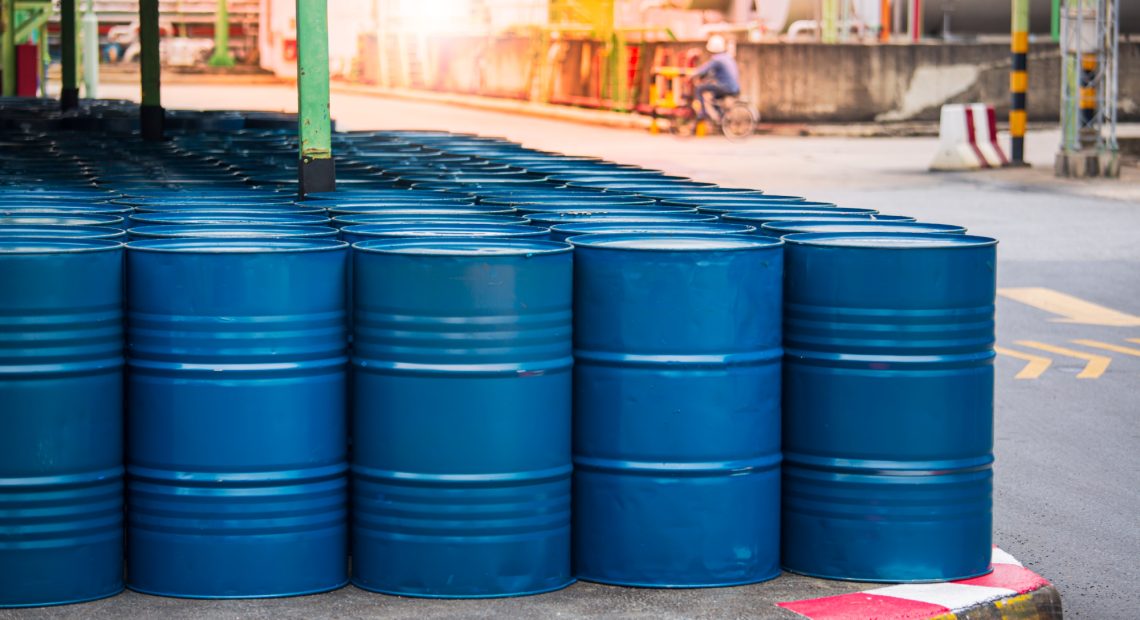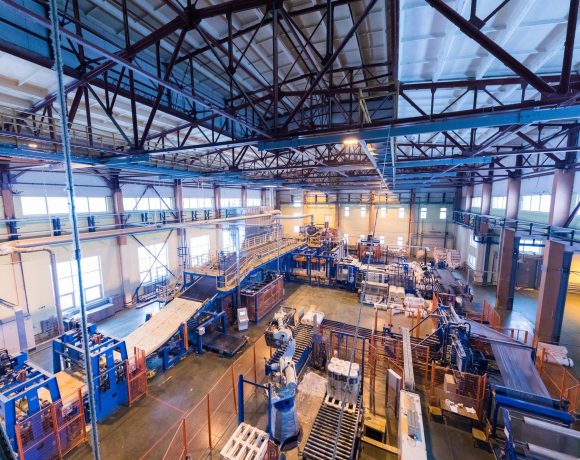
India’s Crude Oil Import Price Drops Below $70 per Barrel
India’s average crude oil import price has dropped to $69.39 per barrel as of April 11, 2025 — the first time it has dipped below the $70 mark since August 2021. This marks a sharp decline of more than 22% from April 2024, when the price stood at $89.44 per barrel.
The drop is largely attributed to softening global demand, rising inventories, and an easing of geopolitical tensions that had previously pushed oil prices upward. Market analysts now expect Brent crude to hover around $63 per barrel for the rest of the year, barring any major disruptions.
Delay in Fuel Price Cuts Despite Global Drop
Despite the significant fall in import prices, Indian consumers have not yet seen a corresponding decline in petrol and diesel rates. Oil marketing companies are reportedly still adjusting for high-priced inventory acquired earlier and recent tax revisions.
Currently, Indian fuel prices include an effective customs duty of 17.7% comprising countervailing and anti-dumping duties. Although the global price dip provides relief to importers, actual price cuts at the pump are likely to occur only after current stockpiles are exhausted.
The government had also raised the Special Additional Excise Duty on petrol and diesel by ₹2 per litre earlier this month. However, retail fuel prices remained stable as companies absorbed the increased cost internally.
Fiscal Relief and Economic Impact
The decline in crude prices is expected to offer major fiscal relief to the Indian government. According to estimates, the country could save over ₹60,000 crore during the 2025 fiscal year due to reduced import bills. This windfall may help in controlling inflation, narrowing the trade deficit, and easing pressure on the rupee.
India’s dependence on crude imports remains high, with the import dependency currently at 88.2% for the April–February period of the current fiscal. In this context, any sustained easing in crude oil prices directly contributes to macroeconomic stability and offers room for policy maneuvering, particularly ahead of a politically sensitive year.
While the benefits of cheaper oil are becoming clearer at the national level, all eyes are now on how quickly these gains translate into relief for end consumers at fuel stations across the country.


















